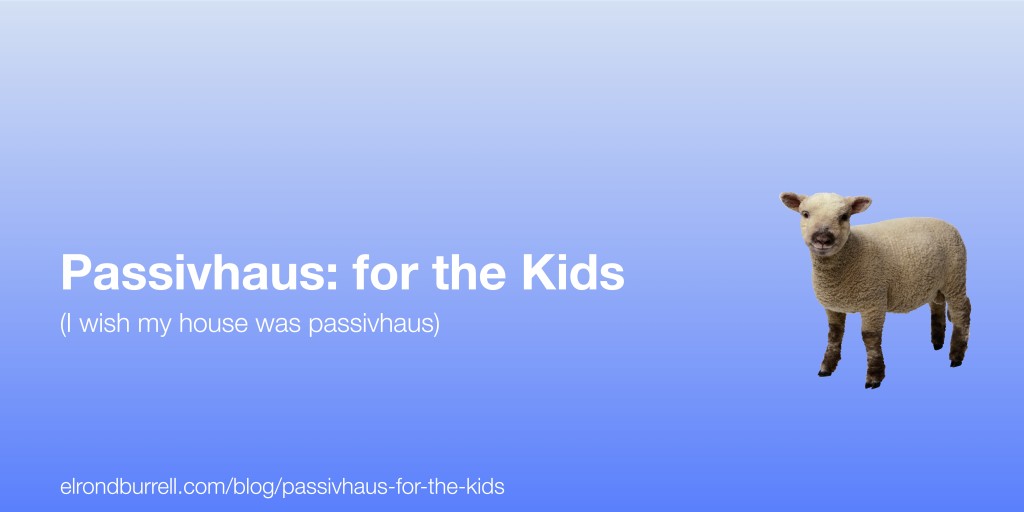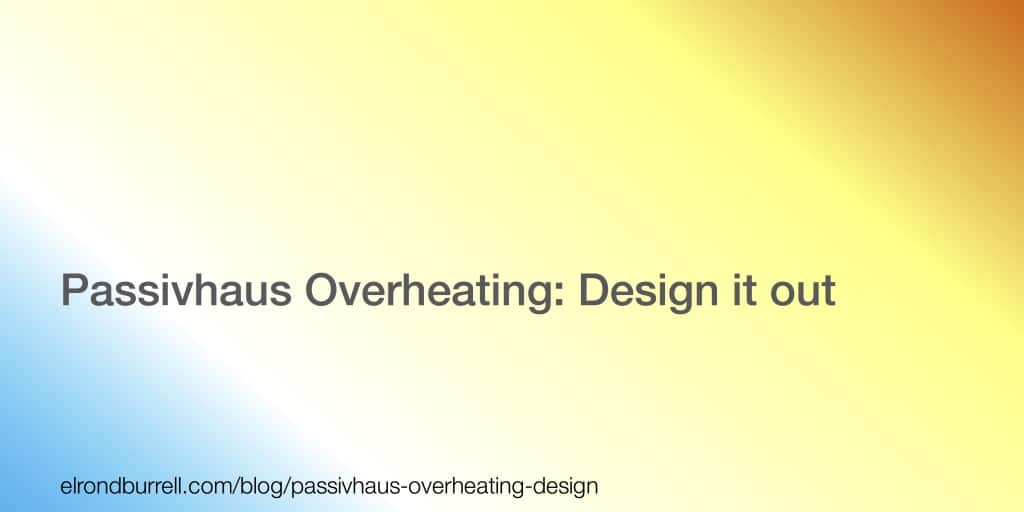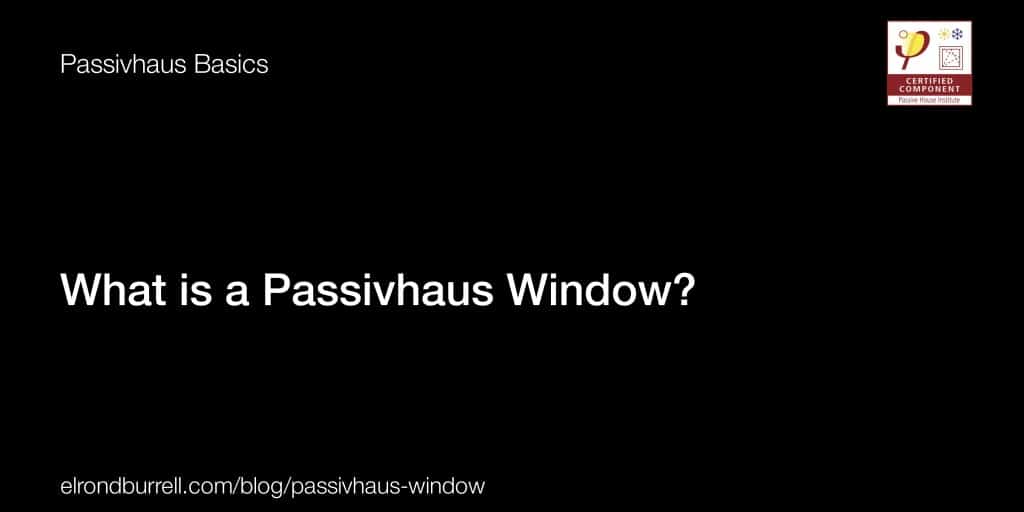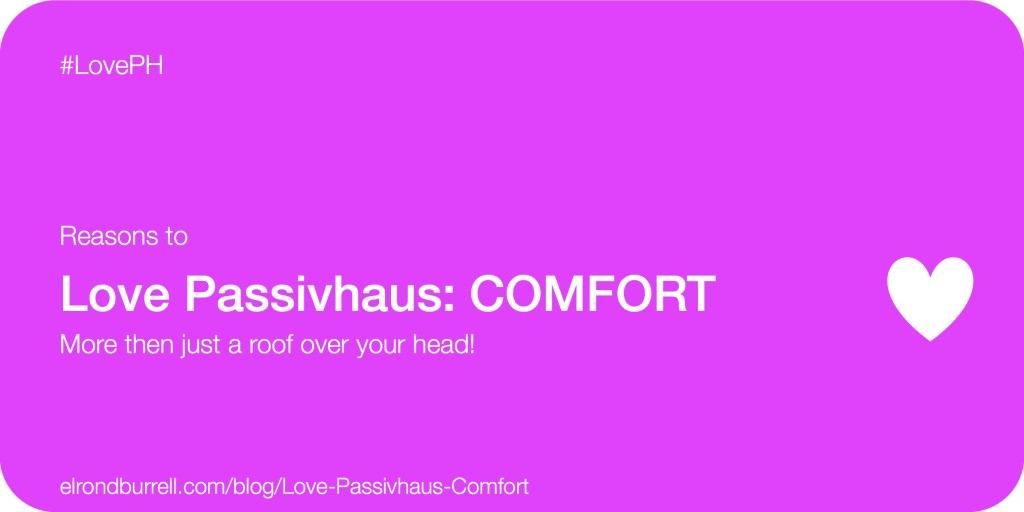Our baby was born early in April, just as Spring is arriving here in the northern hemisphere.
Our house isn’t a passivhaus home.
There are many reason’s why we don’t yet live in a passivhaus home, but that isn’t the subject of this blog post. Now with a new baby as well as our toddler, even more so than before, I wish we did live in a passivhaus home. I care very deeply about the comfort and health of our children. And knowing first-hand the benefits of the Passivhaus Standard, I am acutely aware of what we are missing out on.
Affordable to run, comfortable and healthy to live in, passivhaus homes are ideally suited to young families. Of course, passivhaus homes are ideally suited for all people to live in! However, young children are particularly vulnerable and in need of comfortable and healthy homes. And with the cost of bring up children, parents need a comfortable and healthy home to be affordable.
Sustainable and environmental design are often talked about in terms of the benefit for future generations. Unfortunately, despite the good intentions, this can be abstract and vague. The Passivhaus Standard, on the other hand, is a practical immediate solution that benefits the next generation, today.
The Passivhaus Standard ensures homes are comfortable, healthy and affordable to run. Passivhaus homes are of immediate benefit to next generation: our children.

Continue reading →




